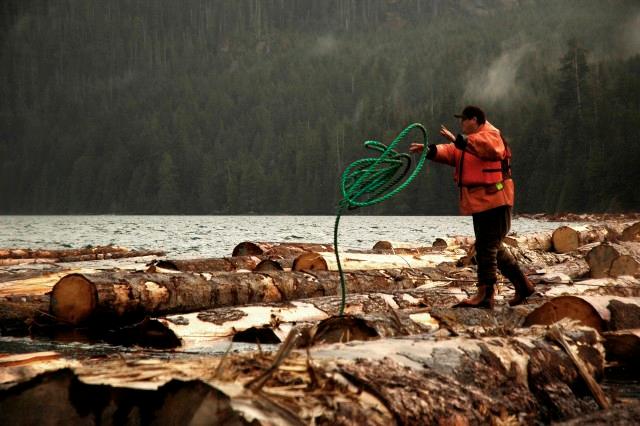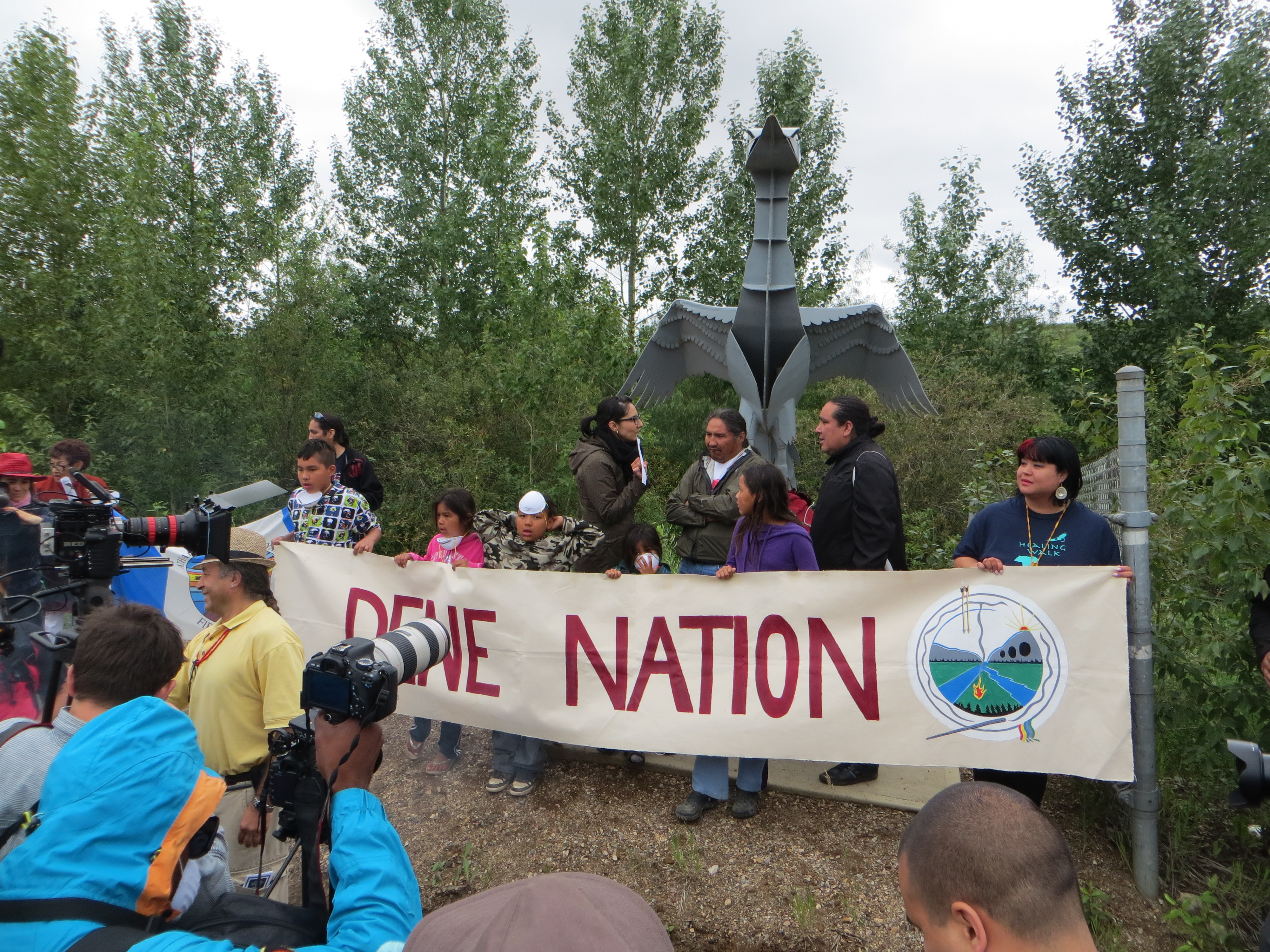The Shuta Got'ine (Mountain) are an Indigenous peoples living on the Mackenzie Mountain slopes down to the Mackenzie River . Historically, various small groups using the eastern slopes of the mountain range have been called Mountain and have traded at all the posts between Fort Liard and Fort Good Hope. Those Shuta Got'ine trading into Fort Norman (now Tulita) since the 1820s have maintained their identity, while most others have gradually merged with the Indigenous populations using other trading posts along the Mackenzie River. The Shuta Got’ine are Dene speakers and their language is closely related to K'asho Got'ine and Slavey.
History
Although the Shuta Got'ine have lived in a large expanse of the Mackenzie Mountains, from the Redstone River north to the Mountain River, their estimated population (1827-1971) was less than 150. During the 19th century and according to their own accounts, the Shuta Got'ine were fearful of and sometimes hostile to other Indigenous peoples on the western slopes of the mountains. After the Klondike Gold Rush (1897-98), increased contact with Indigenous communities in Yukon gradually reduced apprehensions and some settled and married into Yukon Indigenous groups. There is no evidence in oral tradition of hostile encounters with the Indigenous communities of the eastern region, although contact was infrequent before the fur trade.
In the past, the Shuta Got'ine were almost totally dependent on moose, woodland caribou, mountain goats and Dall sheep (see Mountain Sheep). Population cycles or variations in migratory routes sometimes made it necessary to survive on the previous season's caches. This environment was often abundant, but during a bad winter entire family groups could starve. The area is not rich in fur-bearing animals valuable in the fur trade. Most trade was in dried meat, grease and hides. In the late 19th century, the Shuta Got'ine developed the mooseskin boat - framed with green spruce wood and covered with raw moosehides sewn together. The boats were usually 12-18 m long and greatly increased the amount of trade goods that could be transported, although they were only functional for the trip down the rivers; people and dogs had to ascend the mountains by foot. This was often done in both spring and fall until the 1940s, when dried meat and grease were no longer acceptable trade items.
By the mid-20th century, the Shuta Got'ine had made Tulita their permanent location. They now share their hunting, trapping and fishing areas with other peoples in the Tulita area. As of November 2024, the registered population of the Tulita Dene is 795 people.

 Share on Facebook
Share on Facebook Share on X
Share on X Share by Email
Share by Email Share on Google Classroom
Share on Google Classroom






